Feature 9 min read
Top 17 electric cars coming in 2022
With every passing year, the number, quality and capabilities of the EVs hitting the roads increase significantly. In 2022 we are expecting nothing less, with a raft of exciting battery-powered cars coming our way. Here's our pick of the best.
While we’re expecting a lot of EVs to debut at some of the up and coming motor shows, many won’t be available to buy until at least 2023, so we’ve decided to stick to the cars that we know will be hitting the road in 2022. It’s still rich pickings, with cars from both established and new brands setting to increase the scope of the electric car market.
BMW i4
Whilst the BMW i4 is on sale now, it’s worth putting it in this list as it’s a significant car as the first electric saloon from BMW. Available in single and dual-motor form, the i4 comes with up to 544hp, albeit the 340hp, 317lb-ft version will be the bigger seller. An 80kWh battery enables the single motor version to achieve up to 367 miles and can charge at up to 200kW. BMW’s latest interior features and tech comes as standard for a Tesla-troubling starting price of £51,905.
BMW iX
Like the i4, it would be remiss to shun the iX from our list. BMW’s iX SUV will quite possibly out-sell the i4 as SUVs continue to dominate the new car landscape. In the iX’s case, two powertrains are on offer at 326hp/465lb-ft or 523hp/564lb-ft, albeit both use BMW’s xDrive all-wheel drive system. The lower power car gets a 71kWh battery for 257 miles range, whilst the more powerful car gets 105.2kWh for 380 miles. Again, BMW’s Operating System 8 features as standard, with Level 3 autonomous driving set to be made available down the line.
Citroën AMI
Citroën’s diminutive little EV is going on sale in the UK in early 2022. It doesn’t feature much in the way of in-car entertainment, new technologies or any form of autonomous driving. It doesn’t have much in the way of any features, really, but that’s not the point of the ‘car’. The Citroën AMI is for driving around crowded cities cleanly and with more weather protection than a motorcycle. A 5.5kWh battery and tiny motor mean 30mph is as fast as you’re going to go, but it should cost from around £6k and for many, is better than walking.
CUPRA Born
CUPRA’s first EV is built on VW Group’s MEB platform which is no bad thing. Essentially an ID.3 in a new coat, it also ramps up driving dynamics in-line with CUPRA’s brand MO. You’ll be able to get anything from 147bhp to 228bhp and a range of up to 335 miles depending on the battery, with that headline figure coming from the 77kWh unit. An interior made from sustainable materials but with the latest connectivity should appeal to customers, as should the looks which set the Born apart from other MEB-based cars. It’ll be available in early 2022.
Genesis GV60 and GV70
Genesis’s first purpose-built EV looks like a great start for the brand as it enters the European and UK markets. Benefitting from Hyundai-Kia’s E-GMP platform is a great start, and the contemporary looks, high levels of kit and choice of rear- and all-wheel drive variants with a range of up to 280 miles continues the good points. 350kW charging is also a nice bonus, meaning 10 to 80 per cent in just 18 minutes is possible. The GV60 will be available from mid-2022.
If you want something bigger and can wait, the GV70 SUV will follow the GV60 later in the year. It’ll share the same platform and powertrains, but is significantly larger. Like its smaller sibling, it’ll be packed with technology to rival anything from established European brands.
Kia EV6
Kia does a good line of EVs already, but the EV6 is its first purpose-built electric car. It brings with it striking new looks alongside the E-GMP platform, with a 77.4kWh battery offering up to 328 miles in the 226bhp rear-drive version. A dual motor version with 321bhp will still crack 300 miles. A versatile and stylish interior with a 12.3 inch driver’s display and touchscreen infotainment as standard is complemented by a brace of standard safety equipment and connectivity. On sale in early 2022 from £40,945, it’s possibly Kia’s best EV yet.
Mercedes-Benz EQE
Sitting beneath the EQS in the Mercedes fully electric EQ range, the EQE is the next luxury electric saloon from the brand and will go head-to-head with the likes of the BMW i4 and Polestar 2. Two powertrains will be offered to start with albeit we only have details of the EQE 350, which has 288bhp and 391lb-ft sent through the rear wheels. Power comes from a 90kWh battery which enables a range of between 339 and 410 miles on the WLTP cycle. Inside, the latest MBUX operating system is interfaced via a wraparound ‘Hyperscreen’ display including a 12.3 inch passenger display. It’s due in the spring.
Mercedes-Benz EQB
Making its debut in China and set to offer the middle ground between the EQA and EQC SUVs, the EQB is due in the summer. Seven seats is planned as standard with the rearmost being suitable for people up to 5ft 4in within the car, which measures 4684mm long, 1834mm wide and 1667mm tall. A 66.5kWh battery enables a range of up to 260 miles on the WLTP test, and powertrains of up to 268bhp will be available. An 11kW on-board charger deals with domestic and public AC charging, whilst 100kW DC charging is possible at fast chargers.
Nissan Ariya
An important EV for Nissan, the Ariya heralds the introduction of a new platform – CMF-EV – and a new styling direction. Two battery sizes will be available in the EV-only SUV; 63kWh and 87kWh with 223 miles and 310 miles achievable respectively. Four power outputs will eventually be available from 215bhp and two-wheel drive, to 389bhp and e-4ORCE all-wheel drive. A ‘lounge’ style interior and some nifty design touches like the floating centre console will be nice additions, as will Nissan’s latest ProPILOT 2.0 driver assistance and NissanConnect app. The Ariya is due in mid-2022.
Ora Cat
Part of Chinese automotive giant, Great Wall, Ora – and more specifically the Ora Cat – could be a great addition to the UK’s EV options. Costing from as little as £25k but with a 63kWh battery offering around 250 miles as well as a peppy 163bhp motor, it trumps most similarly priced, similarly sized EVs. ‘High levels of technology’ are also promised, whatever that means. It’s due in mid-2022.
Renault MeganeE
Pronounced Megane-E, the new Renault MeganeE is the first fully electrified version of a ‘regular’ Renault model. Restyled as a quasi SUV, it is based on the same CMF-EV platform as the Nissan Ariya. Boasting either a 40kWh or 60kWh battery and an ultra-efficient powertrain, it should be good for 280 miles with the larger unit, and can be charged in around 30 minutes at the 130kW maximum input rate. Inside, Renault’s LIVINGTECH ‘technological ecosystem’ minimises buttons and switches, replacing them with touch controls. It’s due in mid-2022.
Subaru Solterra
Subaru’s first EV, the Solterra mid-sized SUV, has been jointly developed with Toyota (see below) and shares the same fundamental e-TNGA architecture which has been in gestation for around three years. There’ll be both a front- and all-wheel drive version, with either 201bhp going through the front wheels, or 214bhp through all four. The latter should have Subaru’s renowned off-road abilities. It’ll come to Europe in mid-2022.
Tesla Model Y
Essentially an SUV version of the massively popular Model 3, the Tesla Model Y has been available to order for some time, but will start deliveries in early 2022. It’ll share much of the interior with the Model 3, including the 15 inch touchscreen, as well as the technological tour-de-force from the all-round cameras, radar and optional Autopilot. There are two options with a Performance car achieving 298 miles on a full charge and hitting 0-60 in 3.5 seconds and the Long Range up to 315 miles and completing the sprint in 4.8 seconds. They're priced at £54,990 and £64,990 respectively.
Toyota bZ4X
Essentially the same as the Subaru Solterra, the Toyota bZ4X looks slightly different – with Toyota’s ‘hammerhead’ signature shape. It gets the same powertrain options and, as with the Solterra, a 71.4kWh battery will enable it to travel around 280 miles and charge at up to 150kW. A slim, low-set cockpit with driver-focussed controls and digital screens gives it a roomy and tech-heavy vibe, albeit Toyota has opted to retain buttons and switches for some of the main controls, which we like. Toyota’s bZ4X will arrive before the Subaru in early 2022.
Volkswagen ID.5
The Volkswagen ID.5 is the next vehicle in the ID line-up. Essentially an ID.4 but with coupe SUV styling, it is designed to compete in a growing field of ‘sporty’ SUVs that are continuously hitting the market. As such, buyers get the ID.4’s interior and powertrain options, ranging from 168bhp and rear-drive through to the 295bhp GTX all-wheel drive version. Range maxes out at 309 miles and 150kW charging is supported. Its due mid-year.
Volvo C40 Recharge
Volvo’s first pure electric all-wheel drive crossover has a 275 mile range and can hit 0-62 in 4.7 seconds thanks to a twin electric motor setup (402bhp and 487lb-ft of torque) and 78kWh battery. It is also vegetarian friendly (no cows were harmed in the making of the interior) and features a Google android-powered system. Featuring a coupe-like roofline, with a raked rear end, but retains a raised SUV driving position, it’s sleeker than the bigger XC40 Recharge. With its ability to fast charge and receive over-the-air updates, the C40 Recharge is a worthy contender against its closest rivals the Audi e-tron Sportback and Jaguar I-PACE. First deliveries likely due at the start of 2022, with lower powered versions introduced during the car’s life.

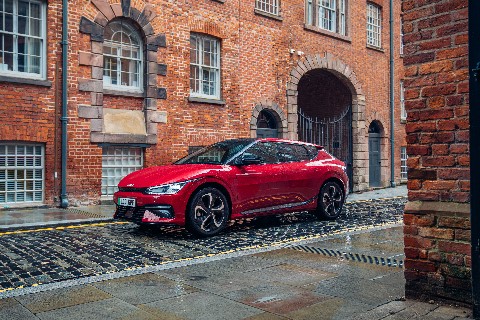
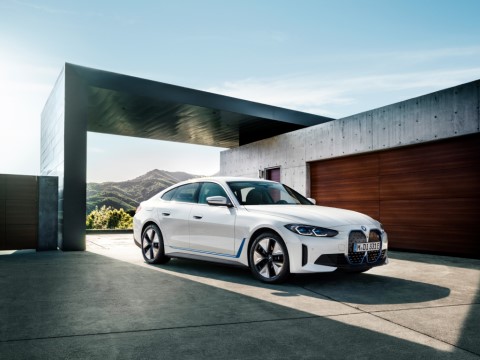
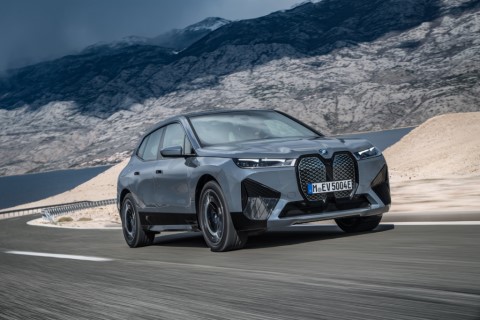
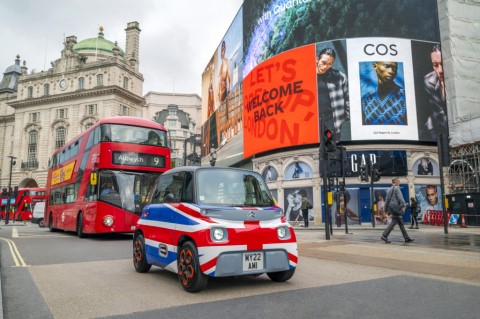
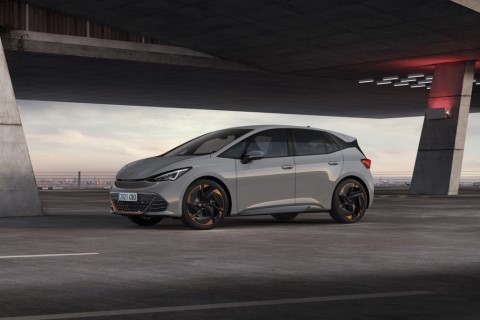
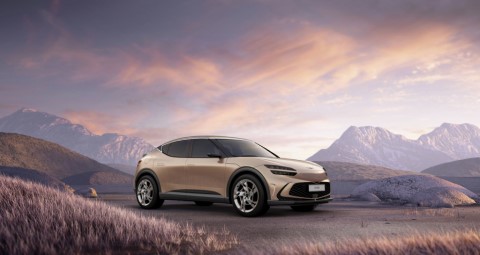
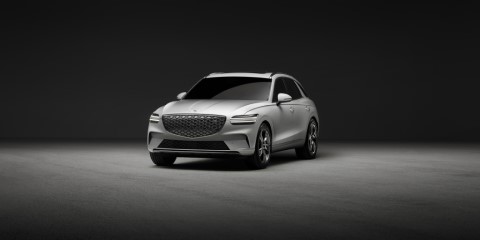
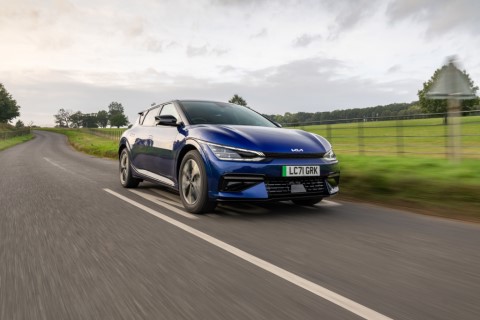
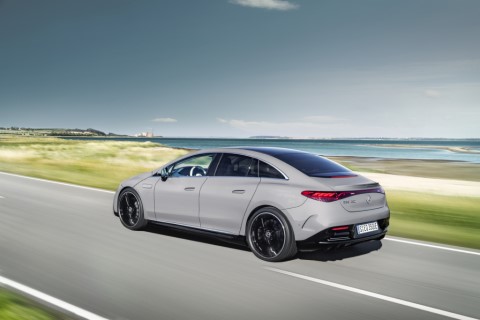
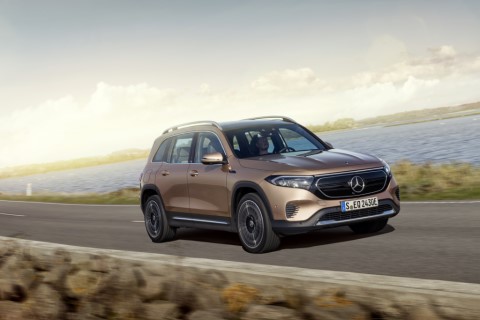
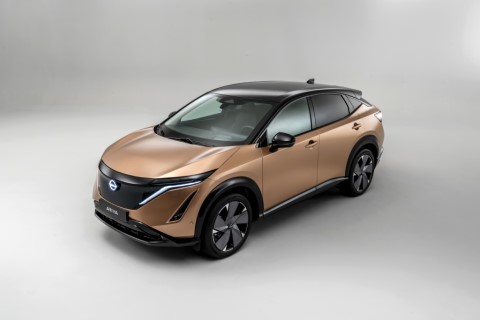
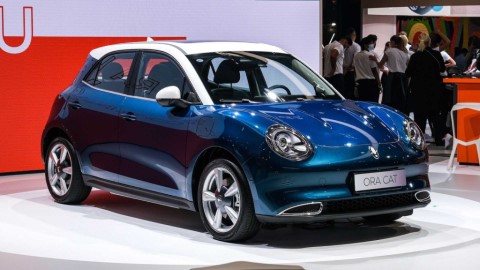
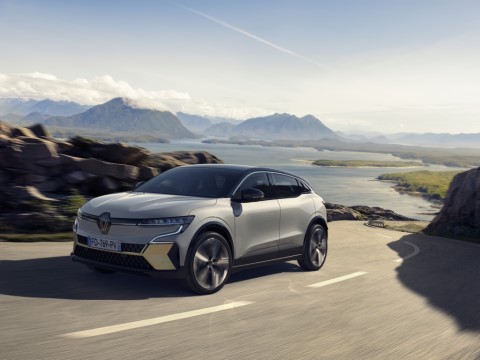
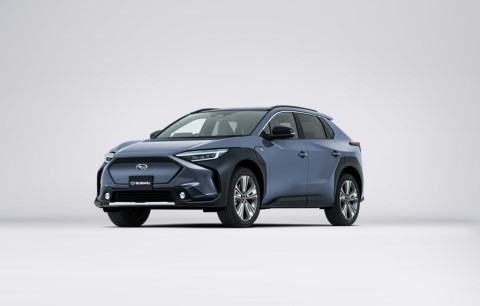
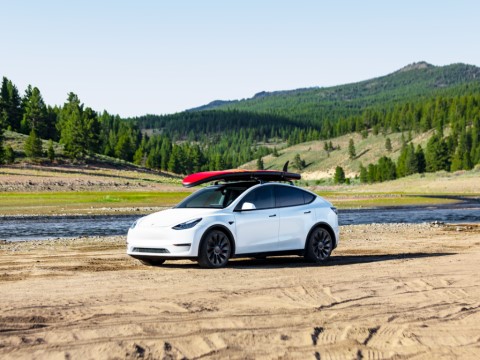
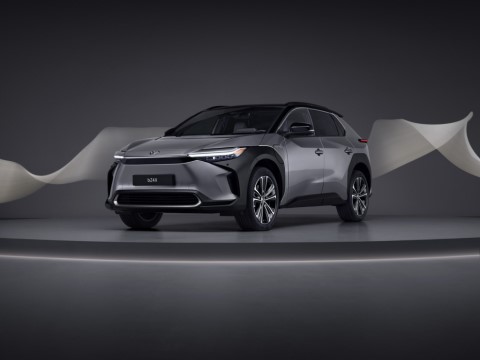
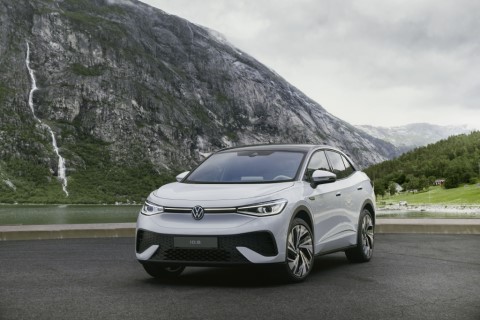
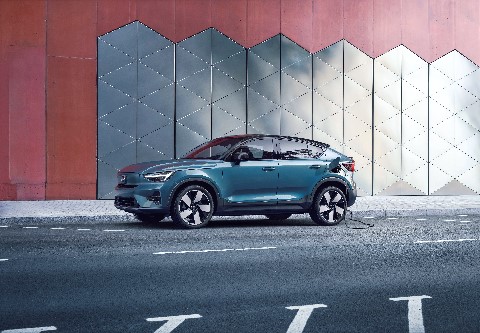

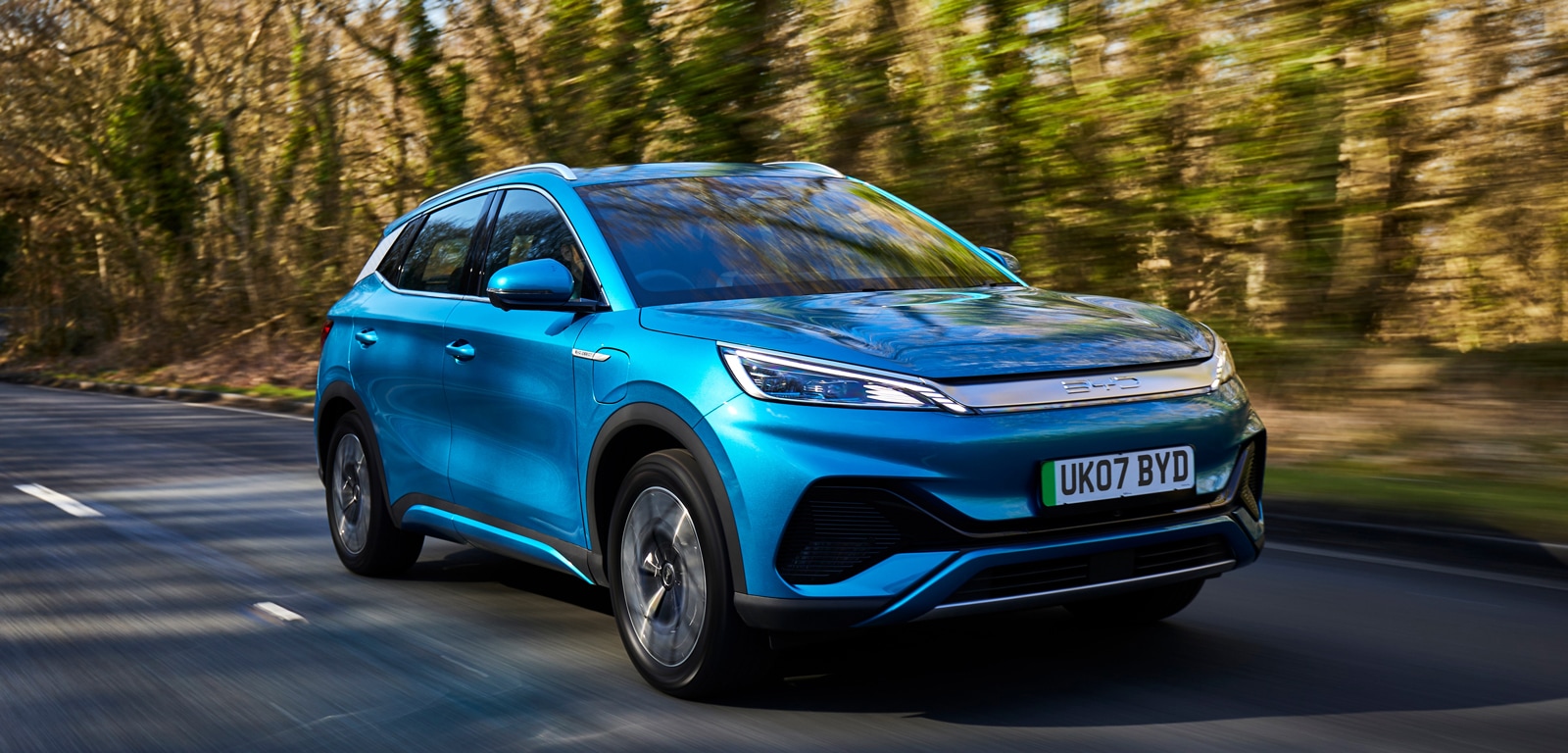
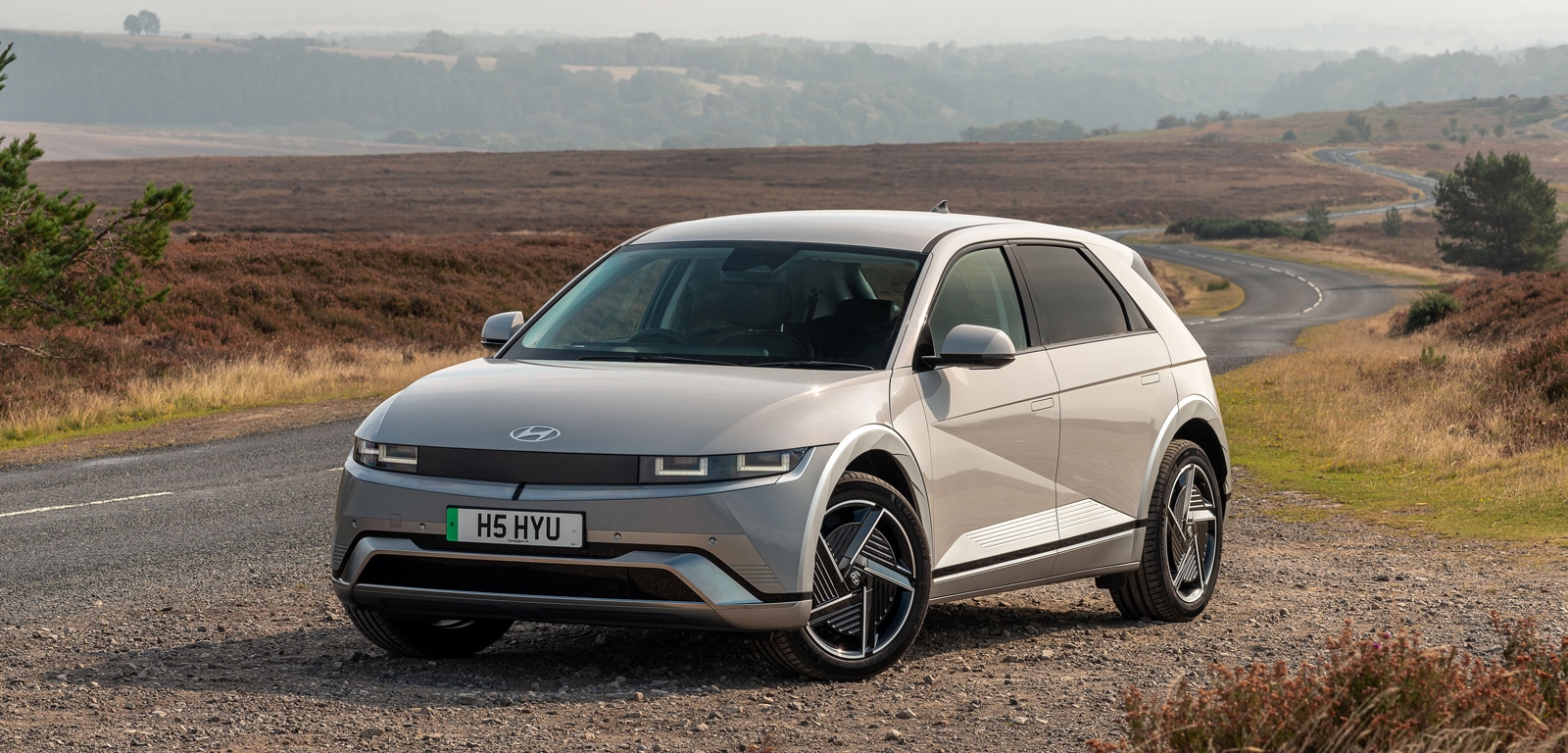
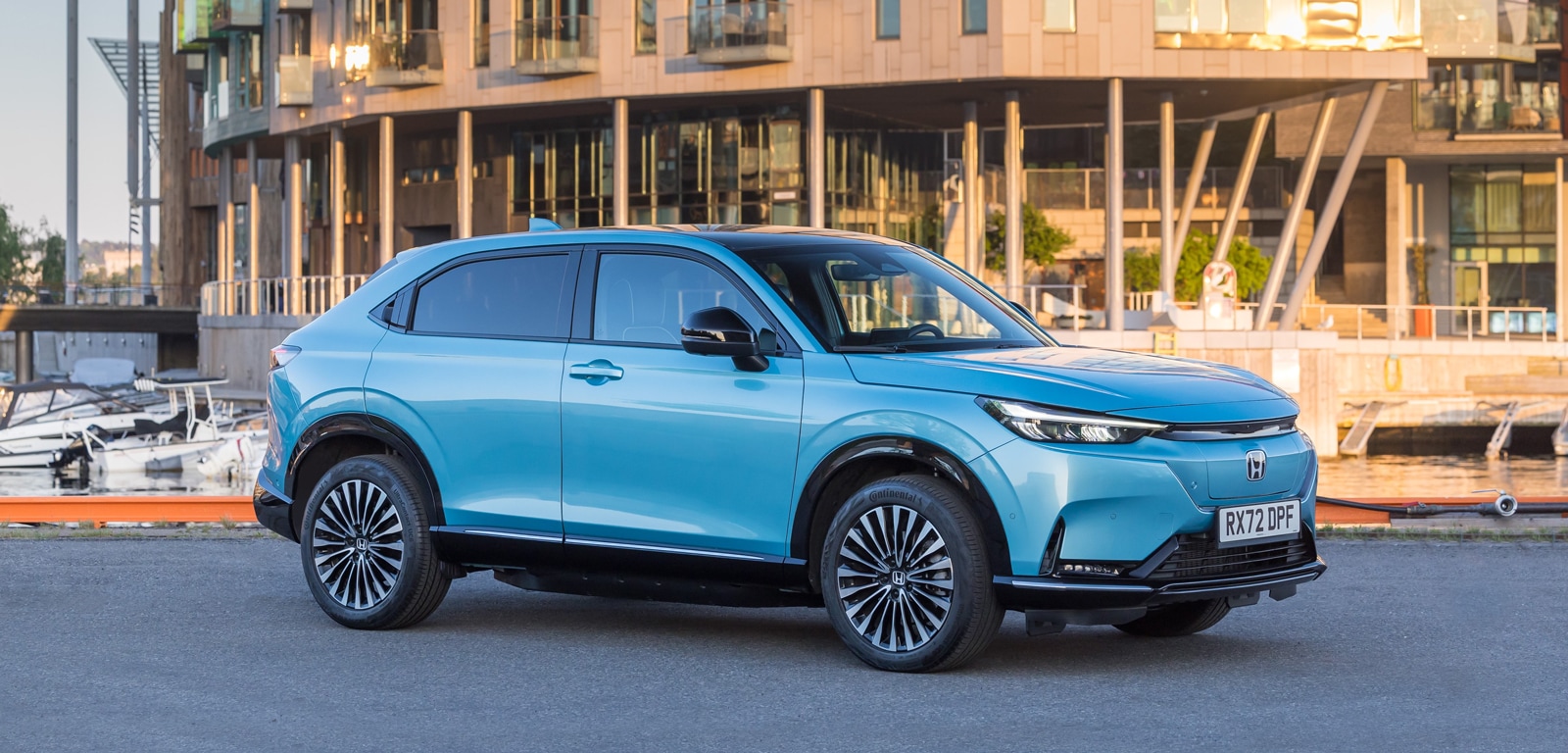
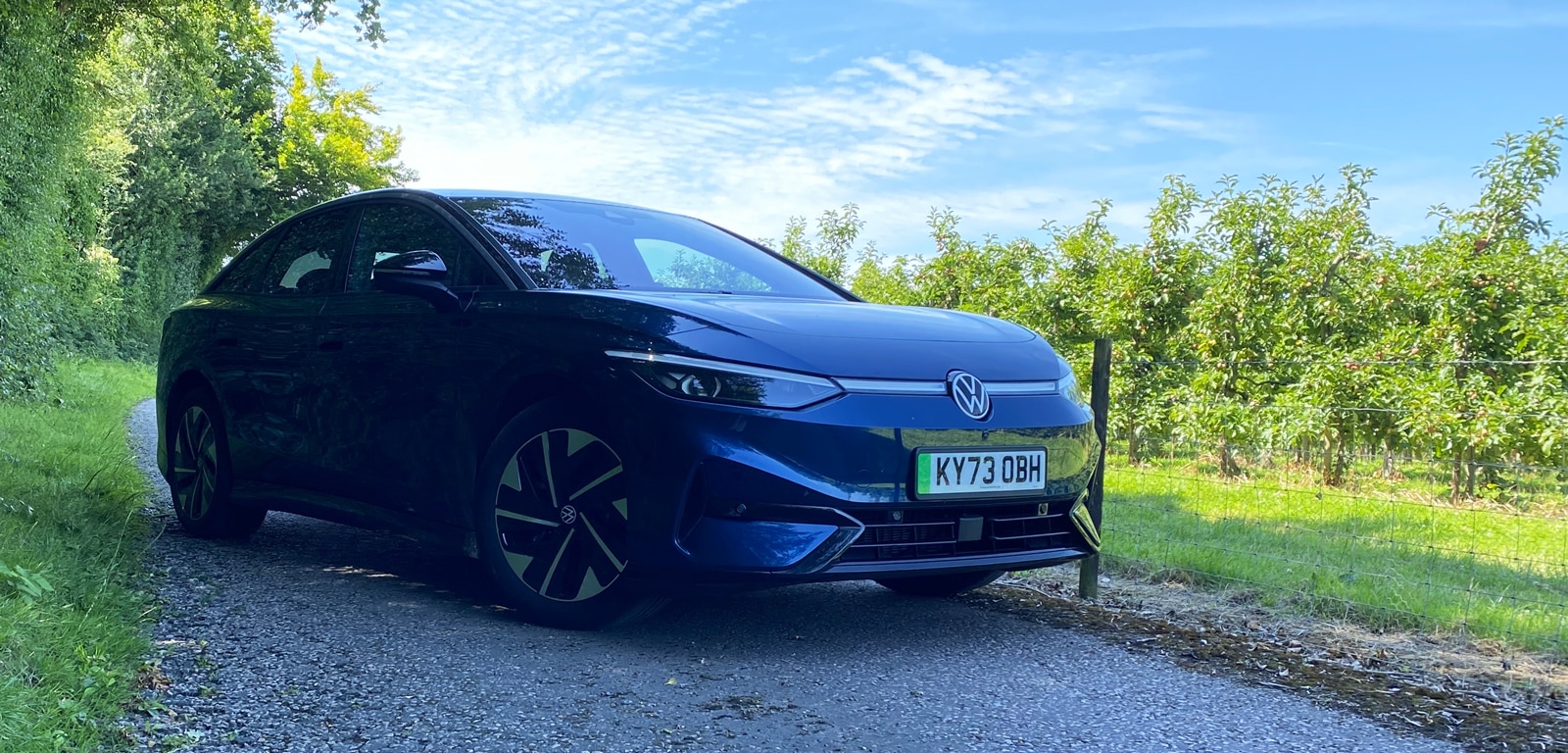
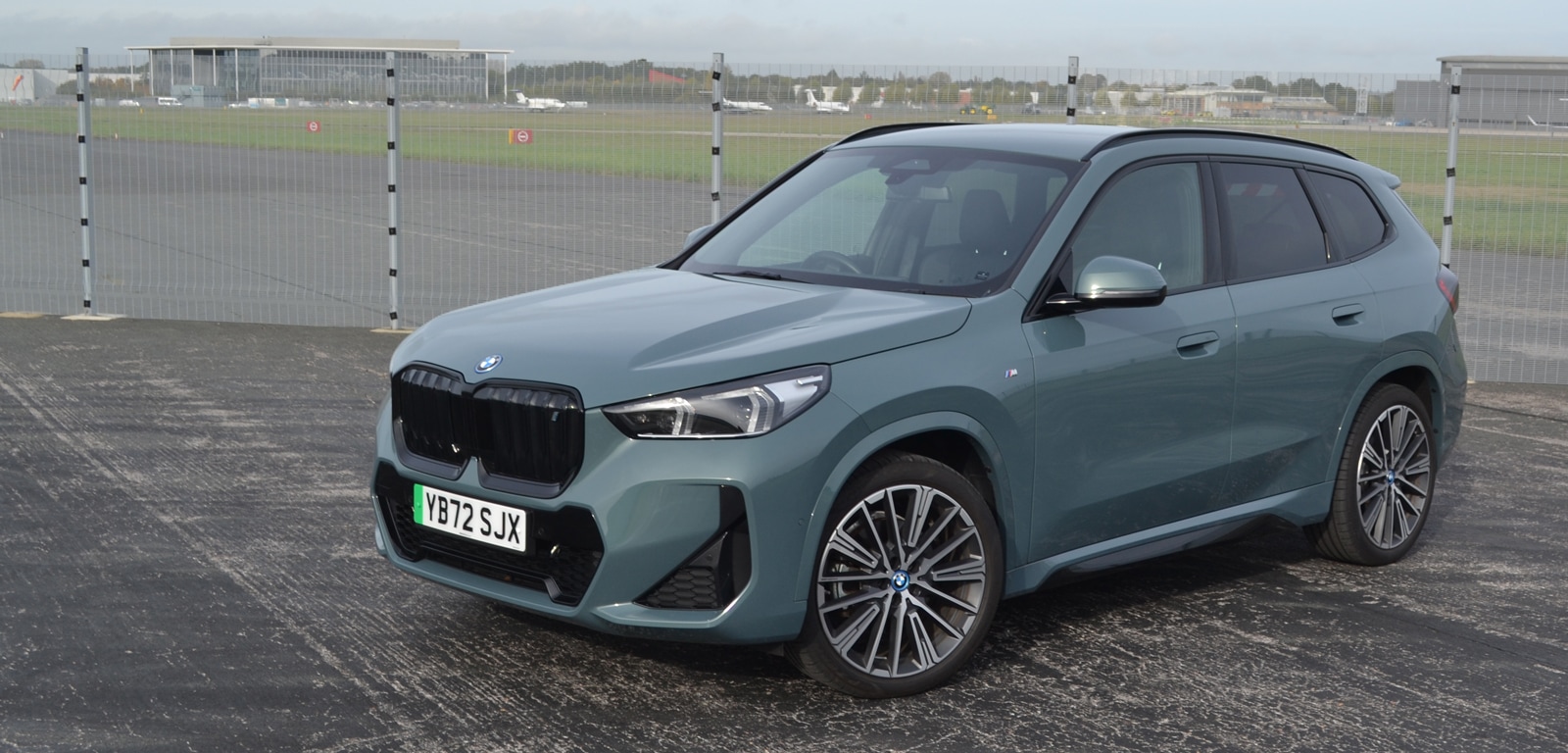


Comments (0)
Be the first to write a comment
Login/ Signup